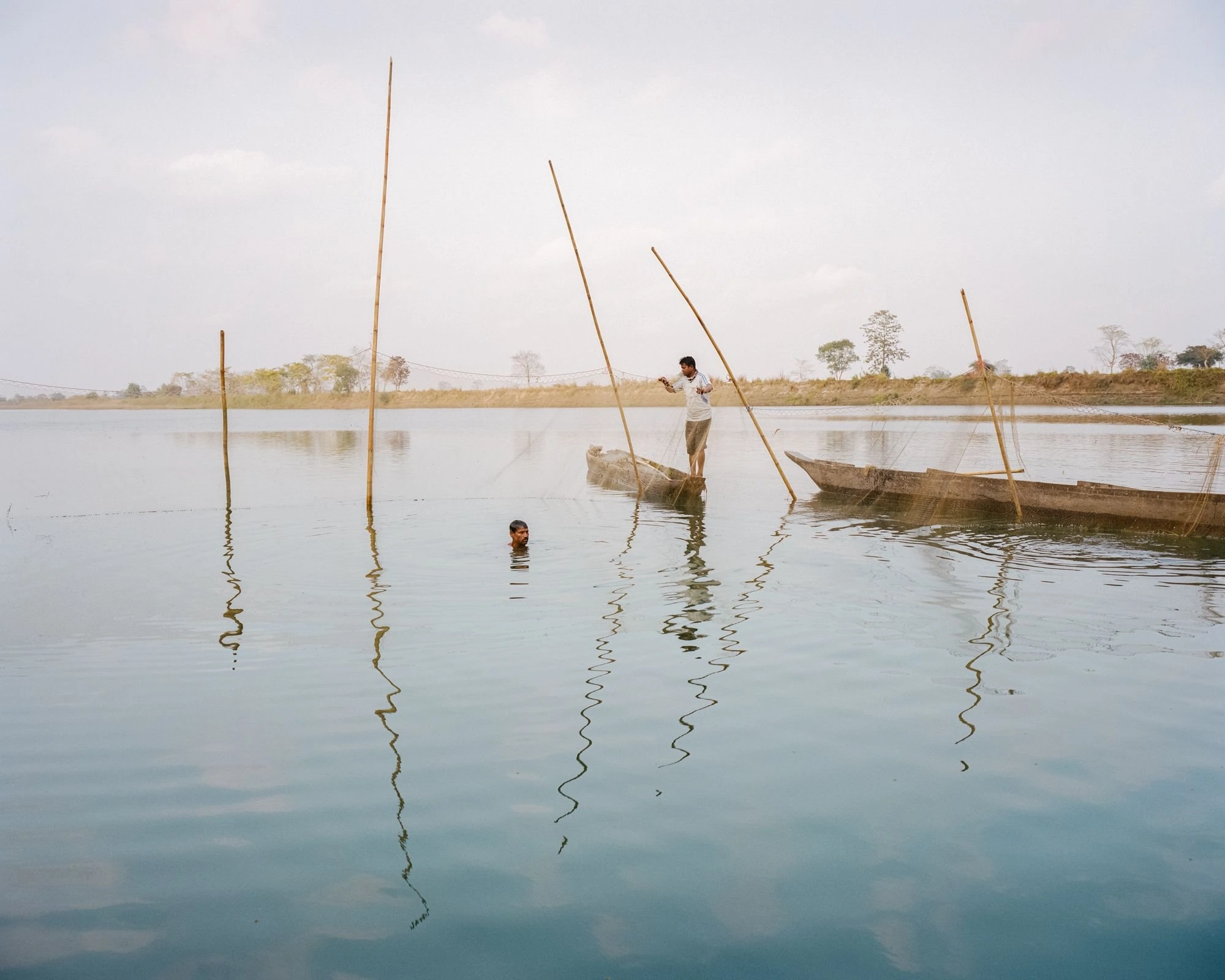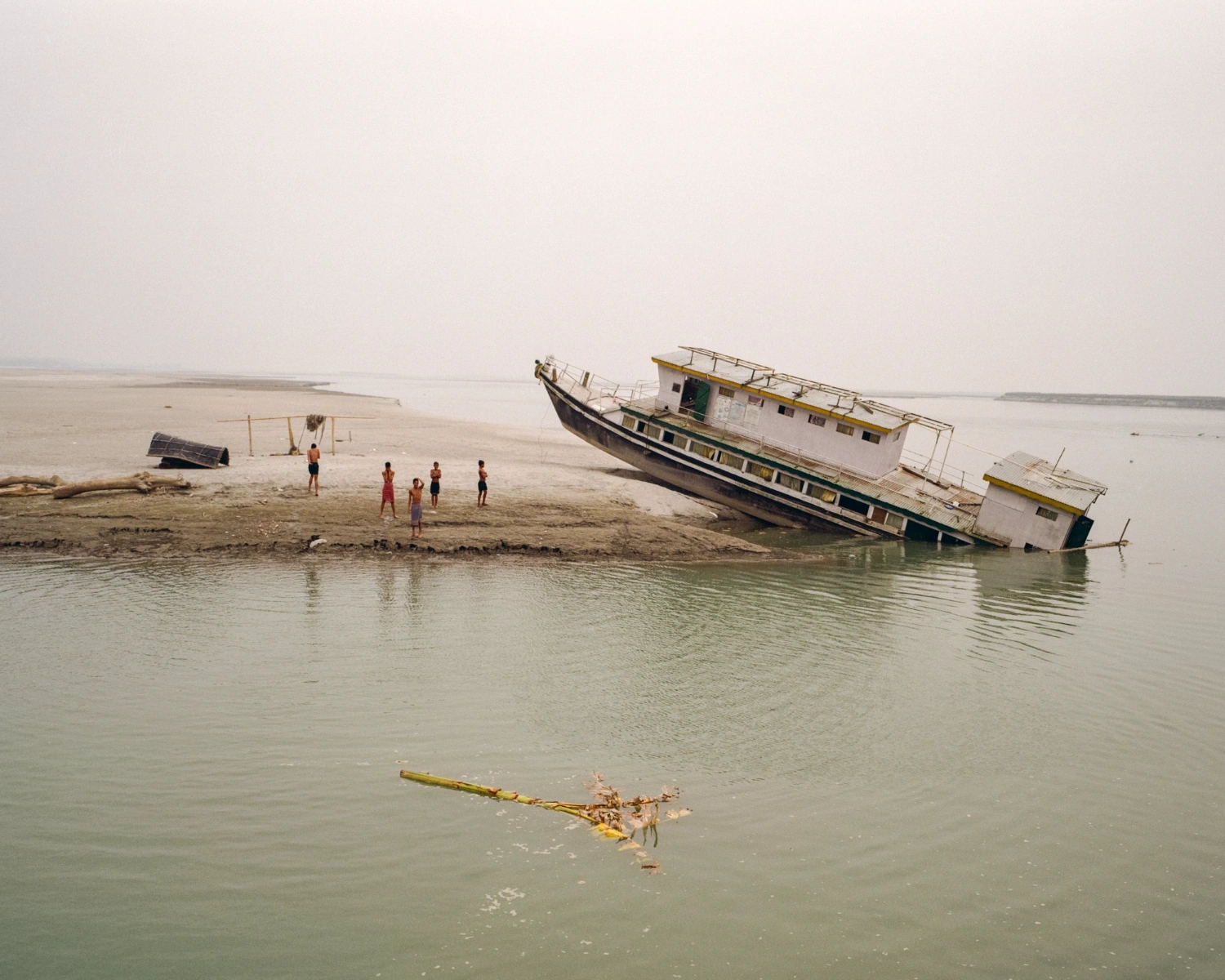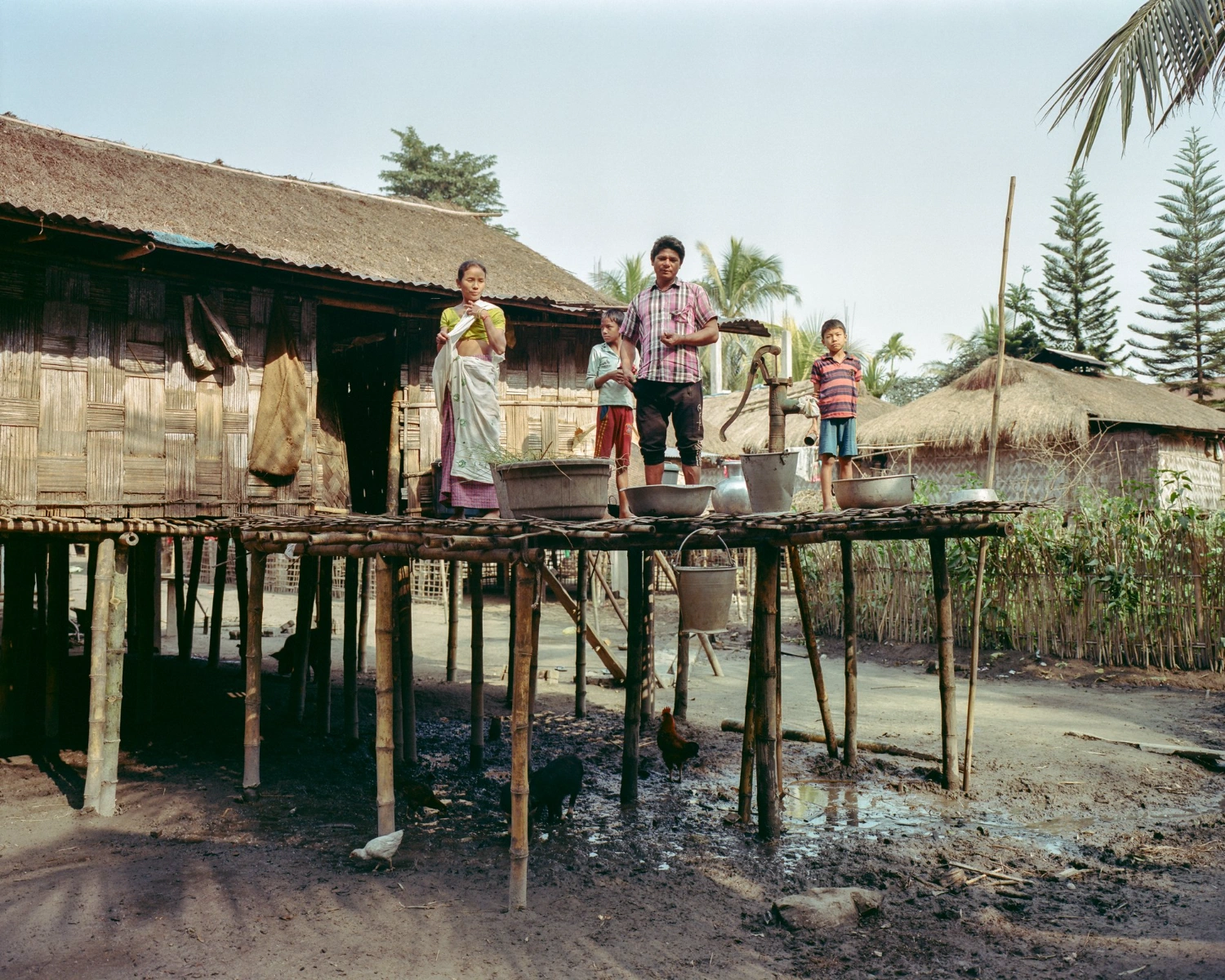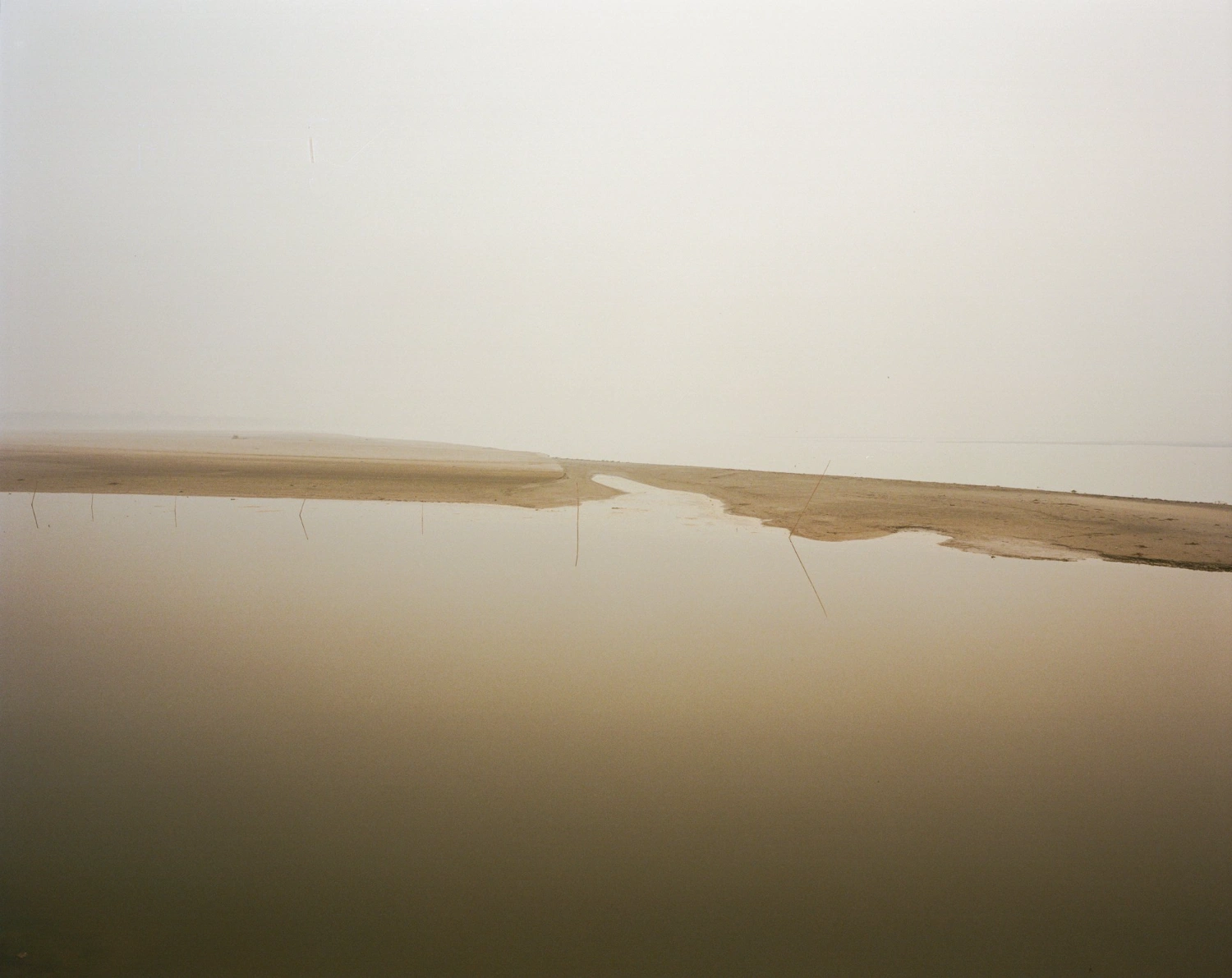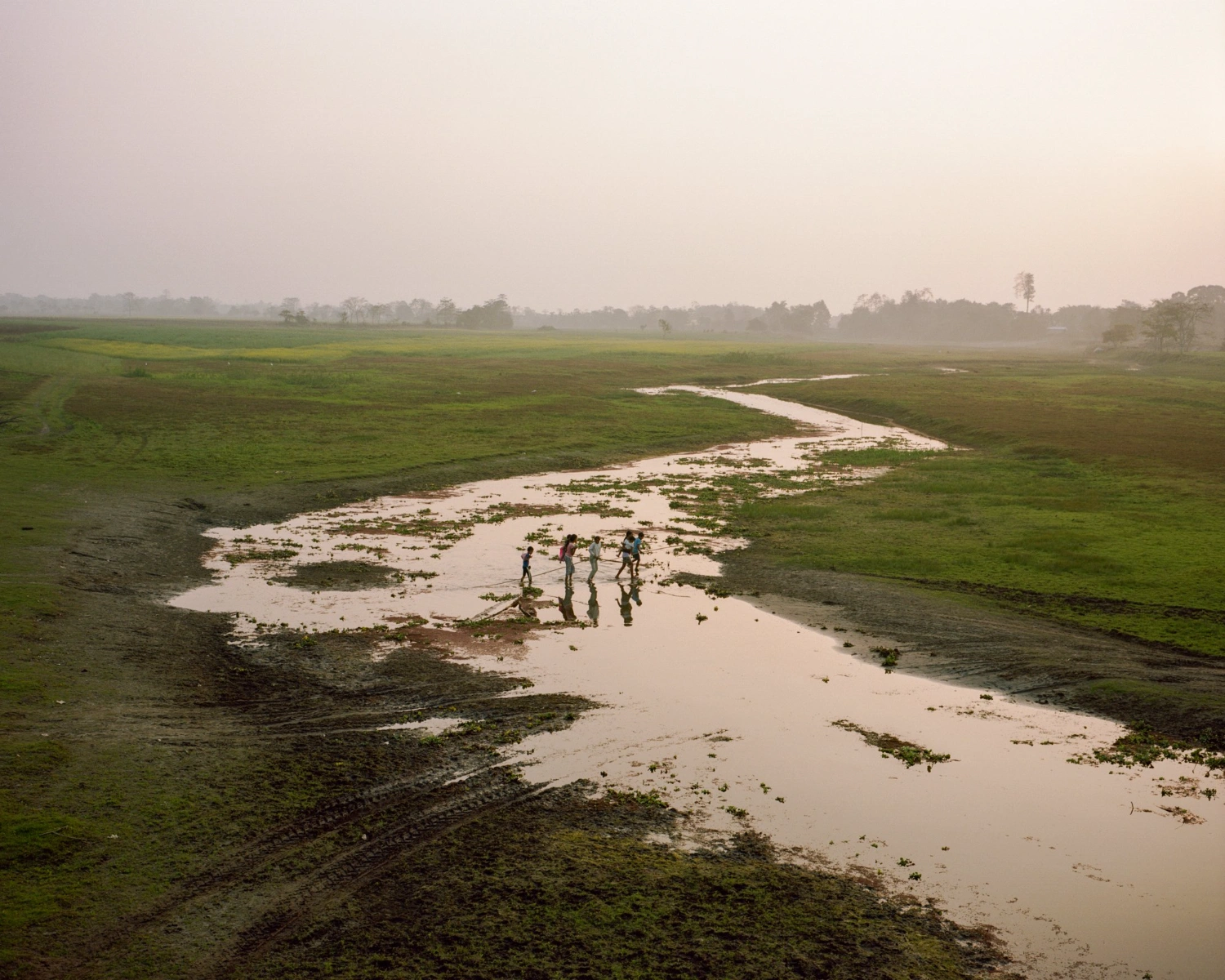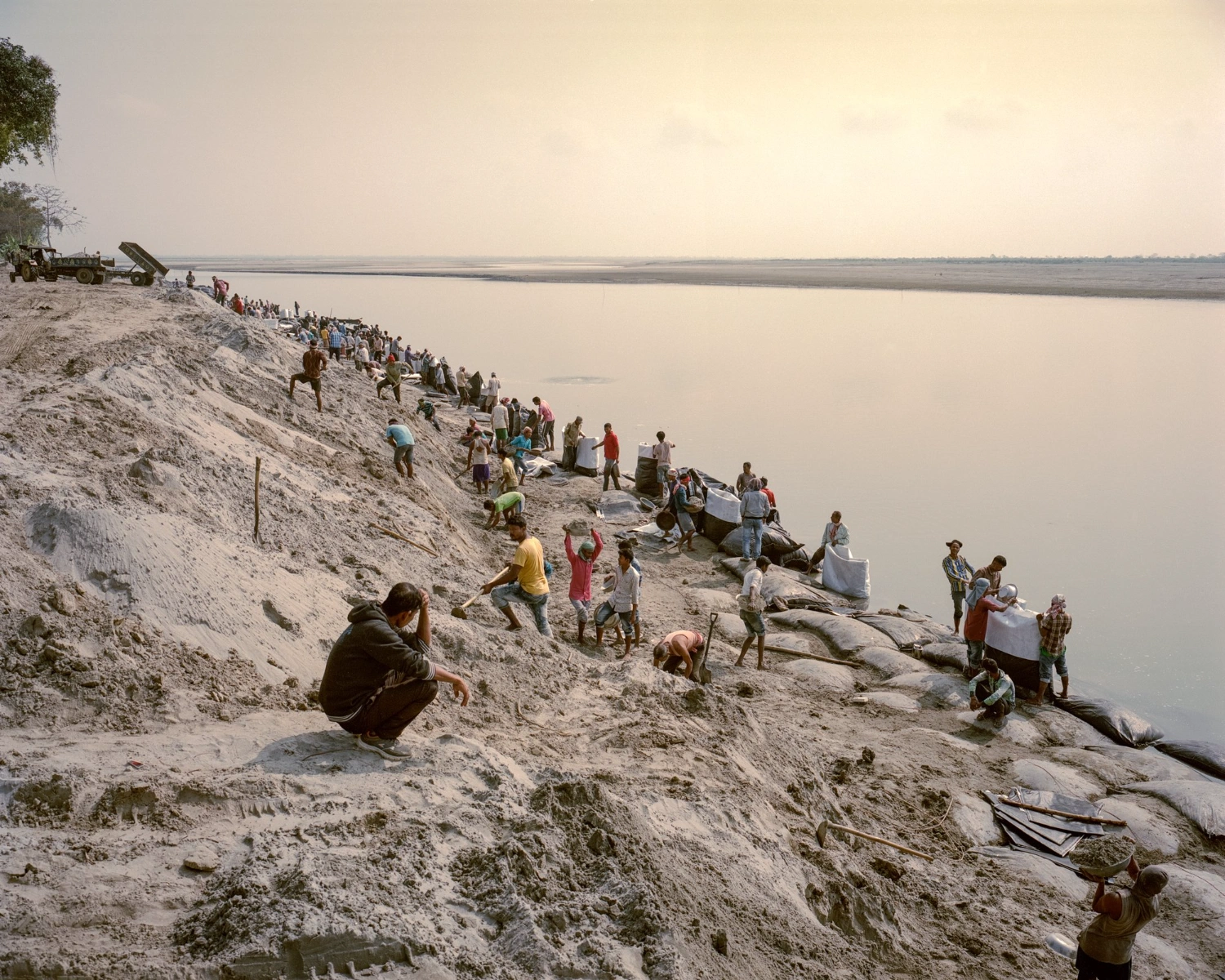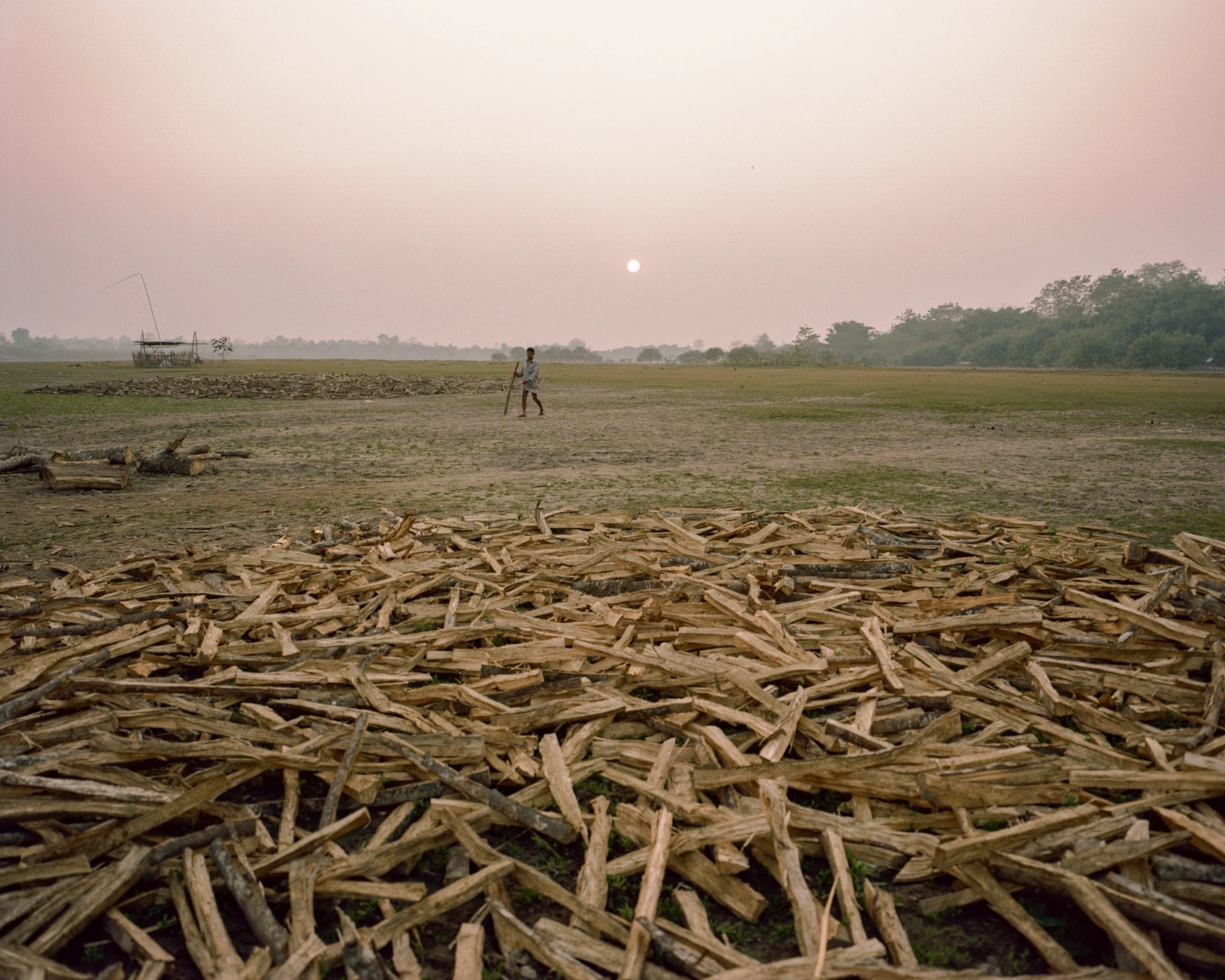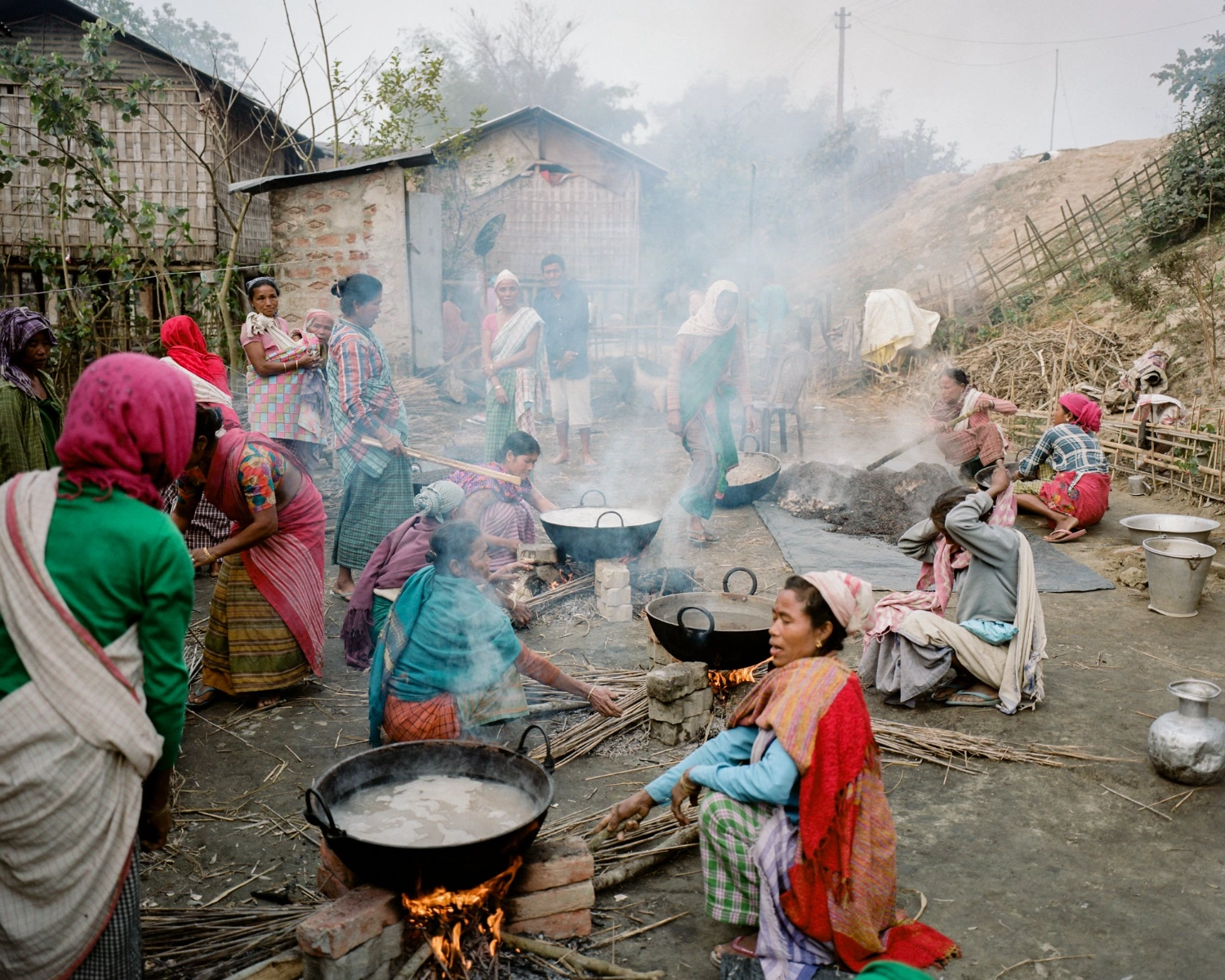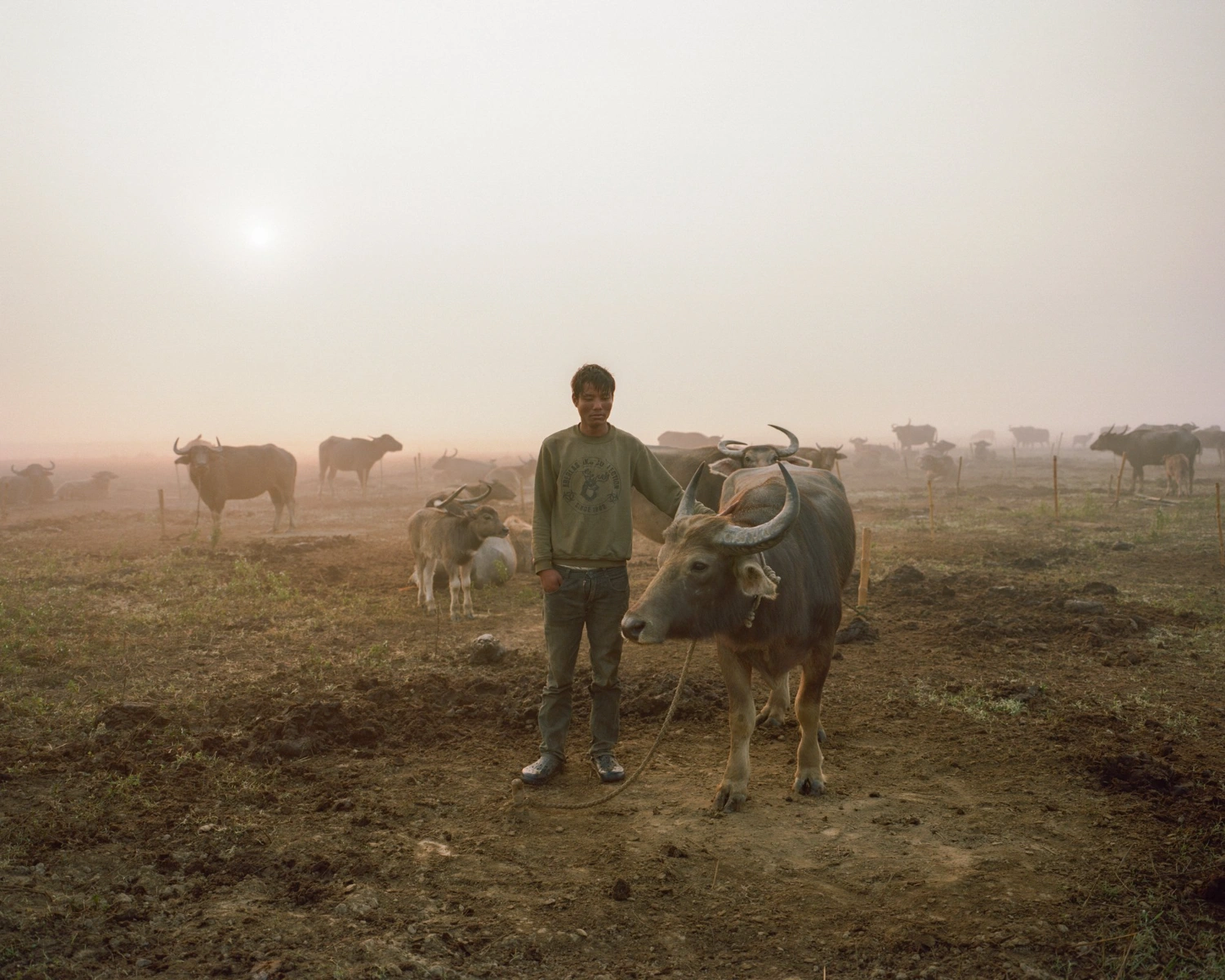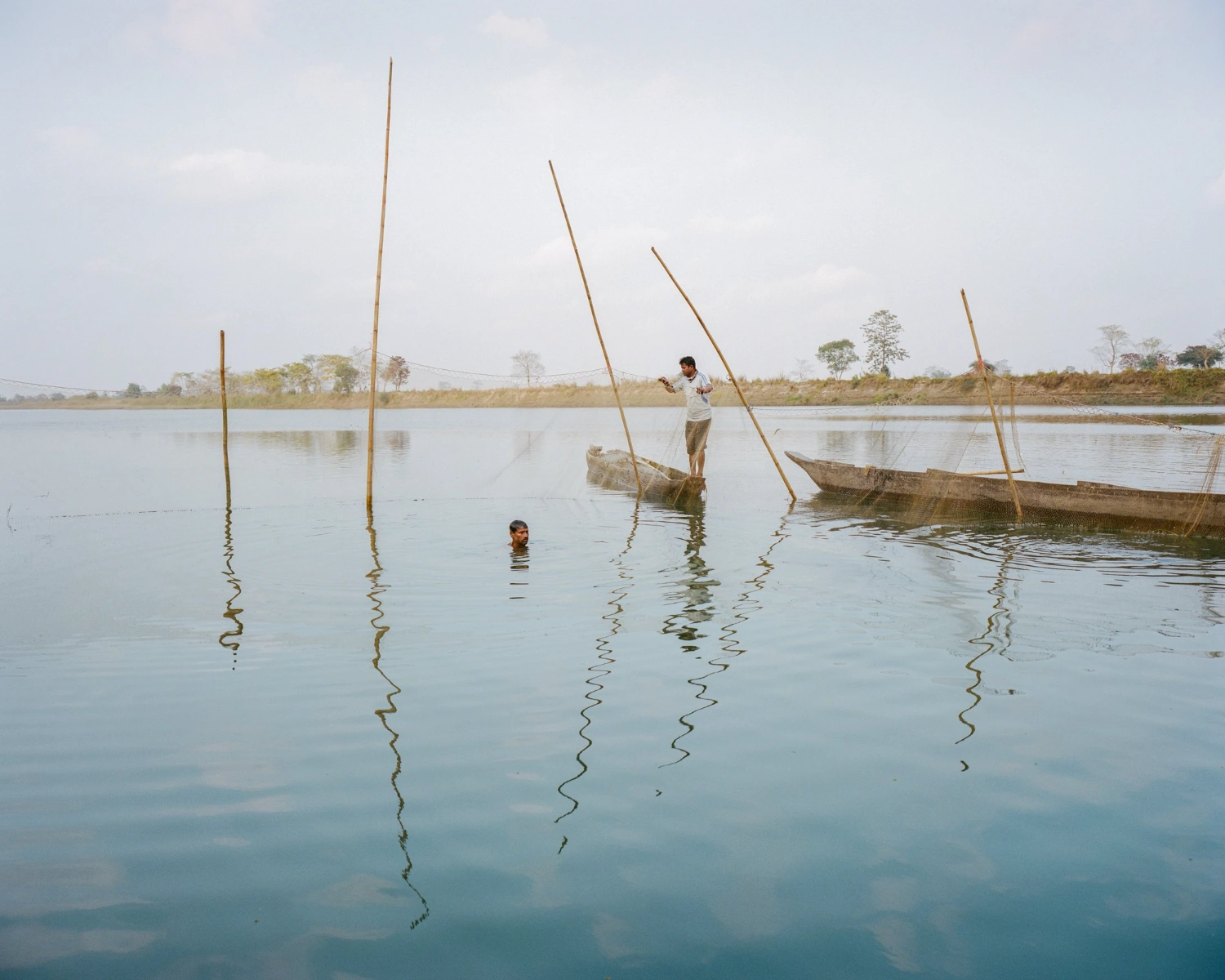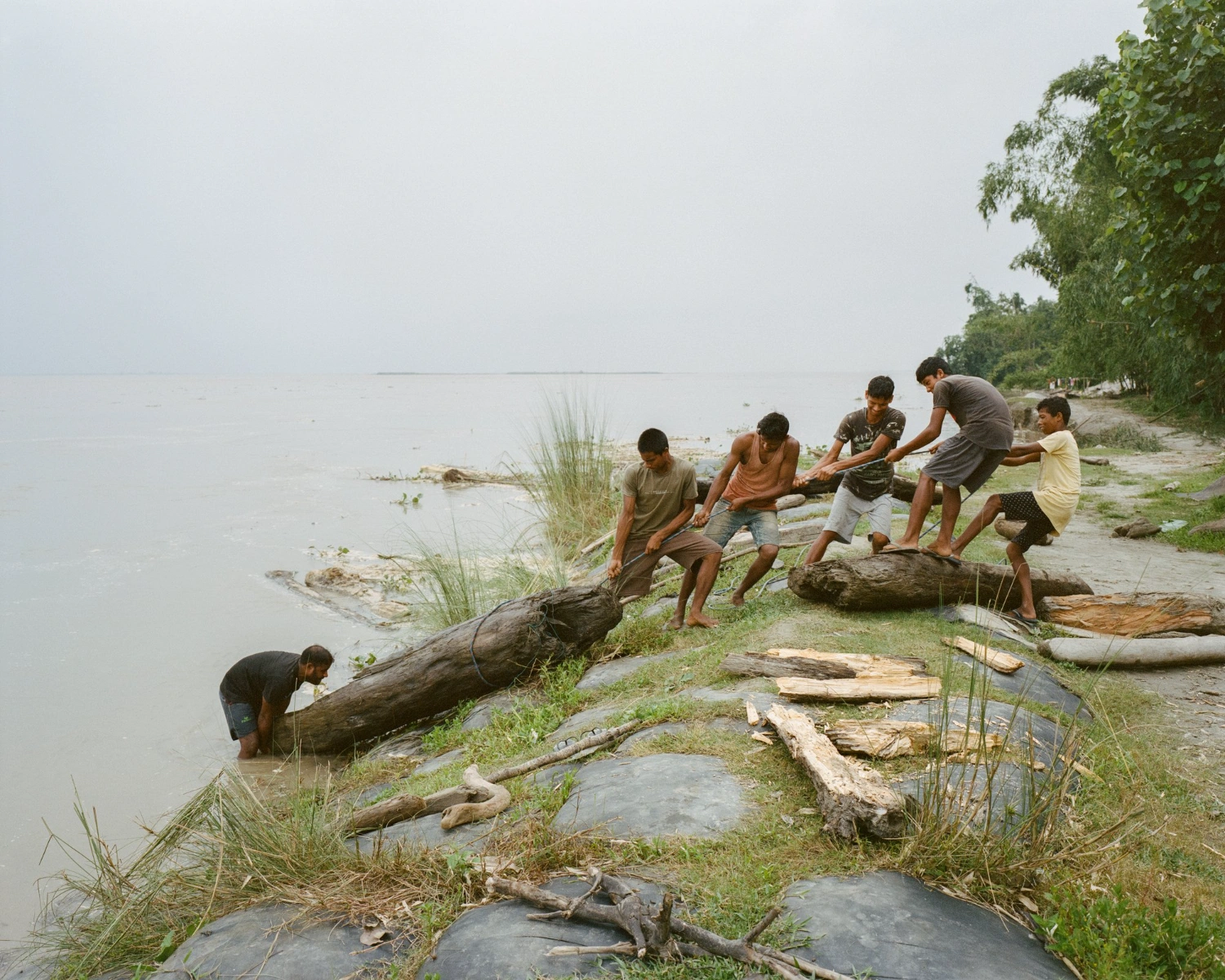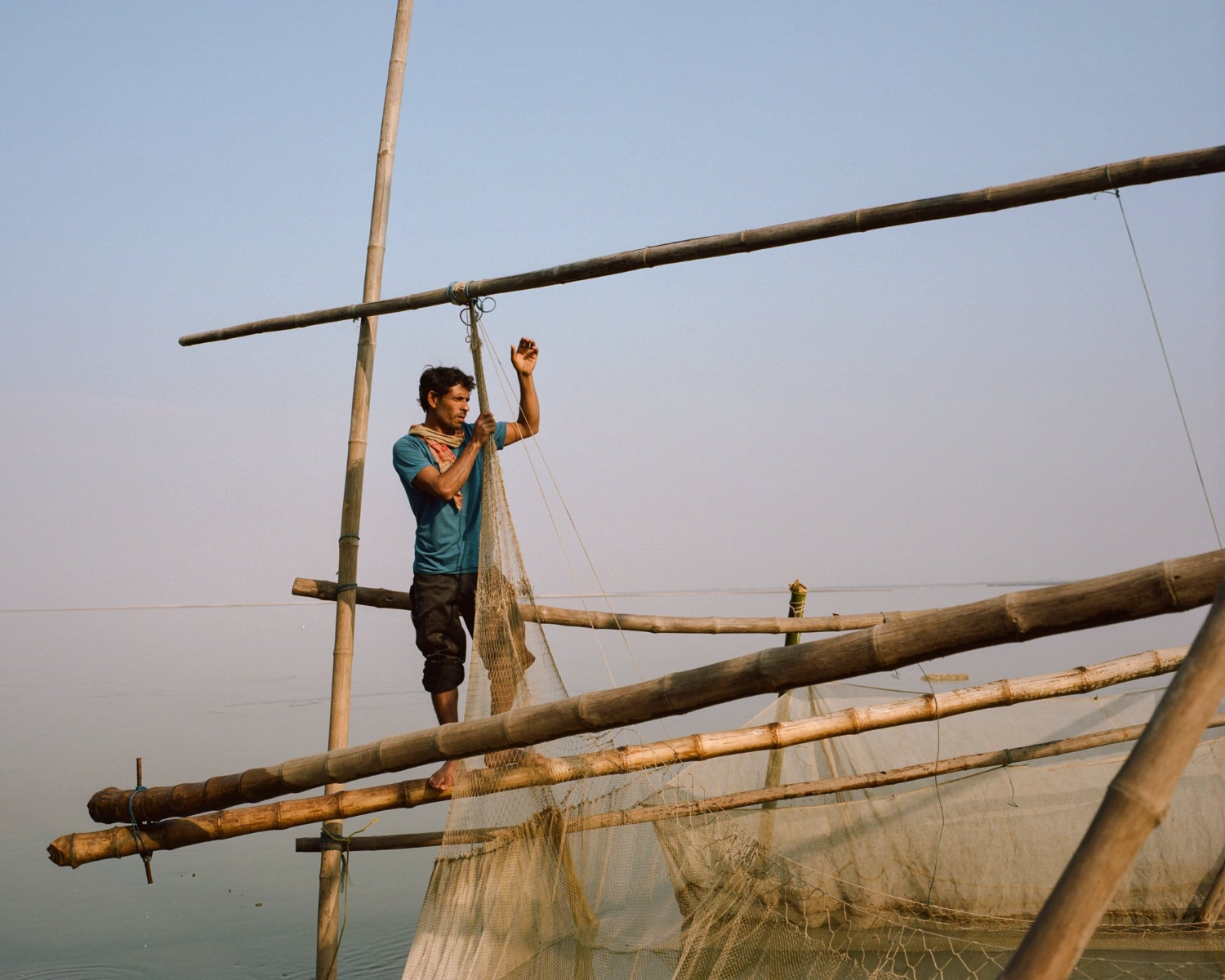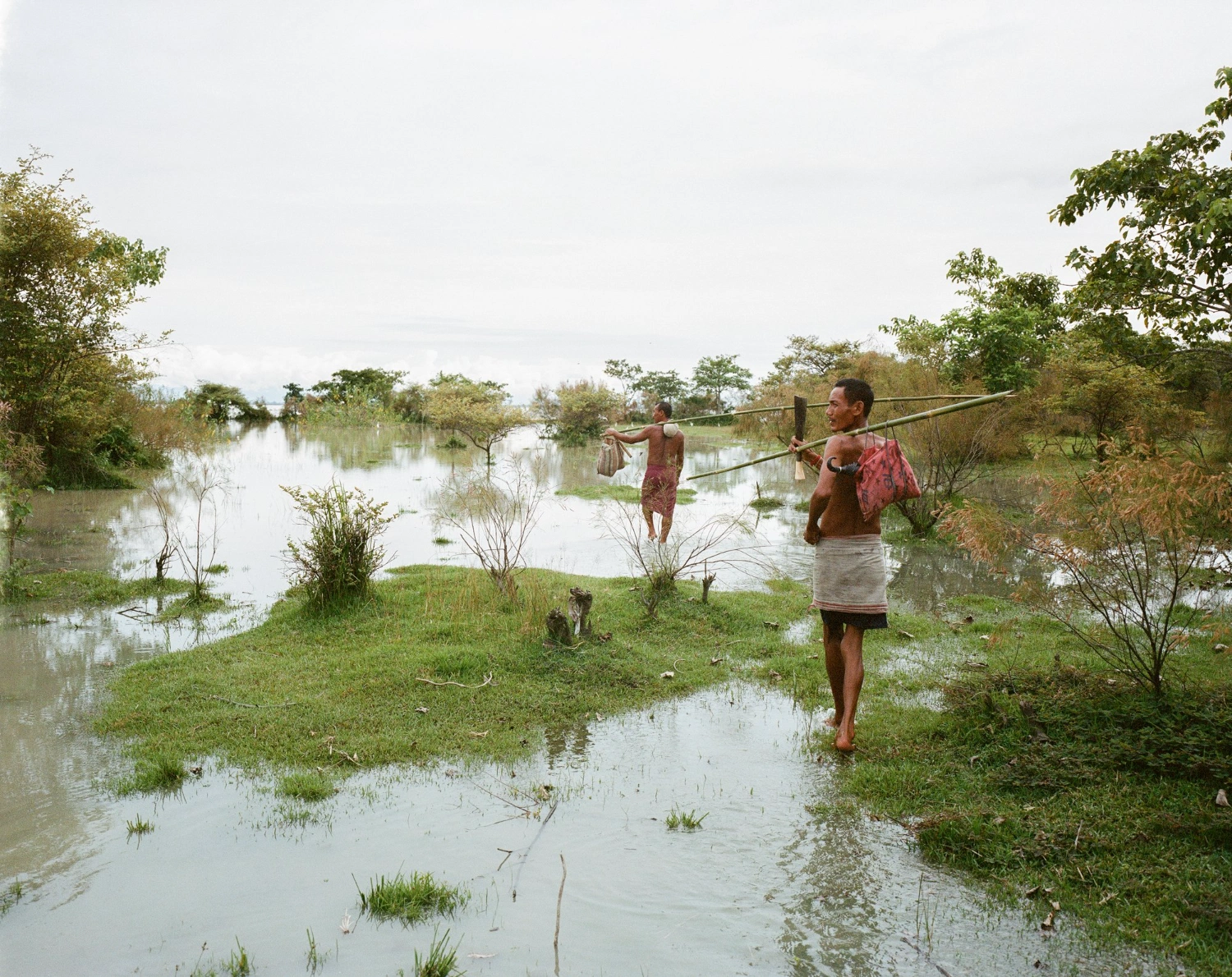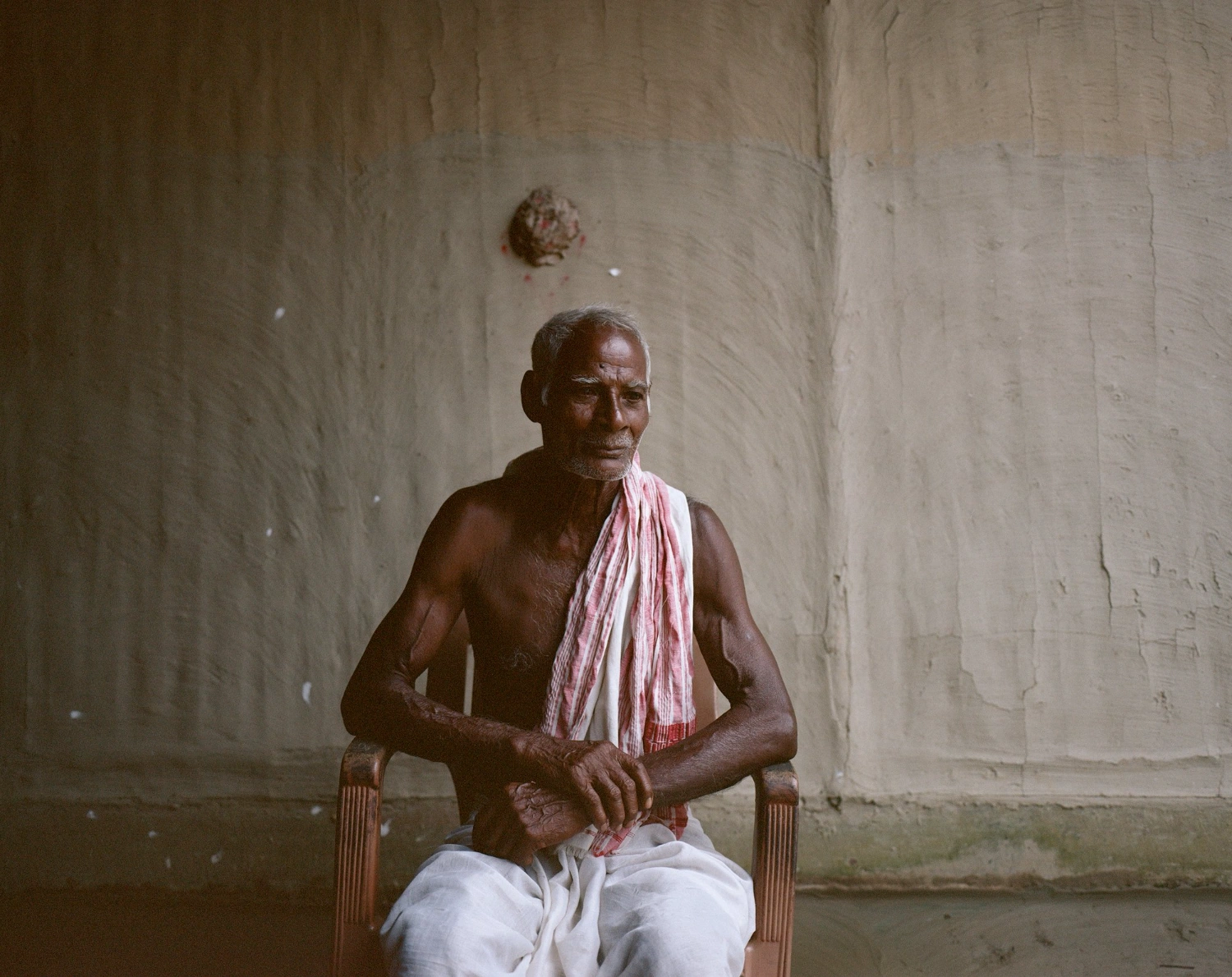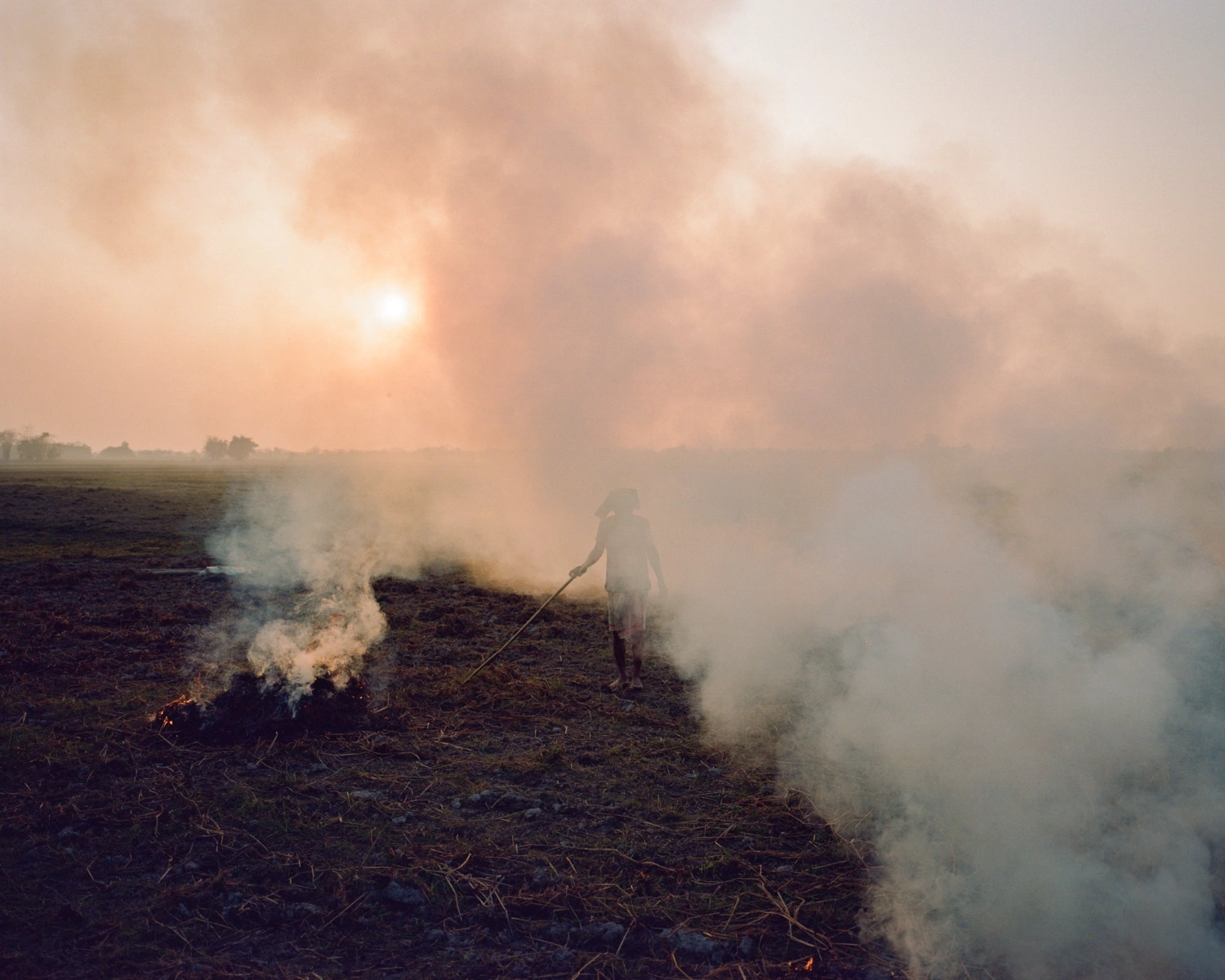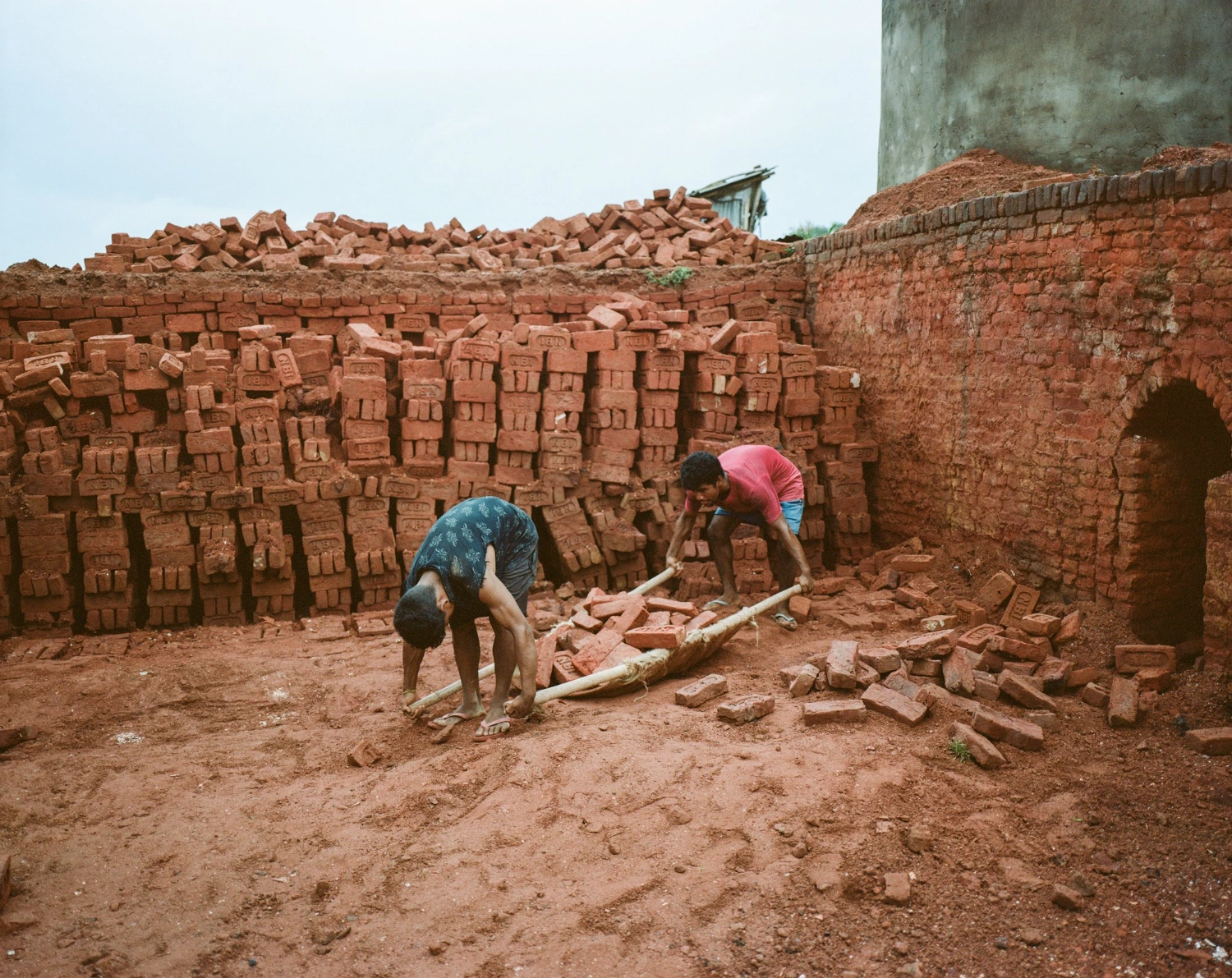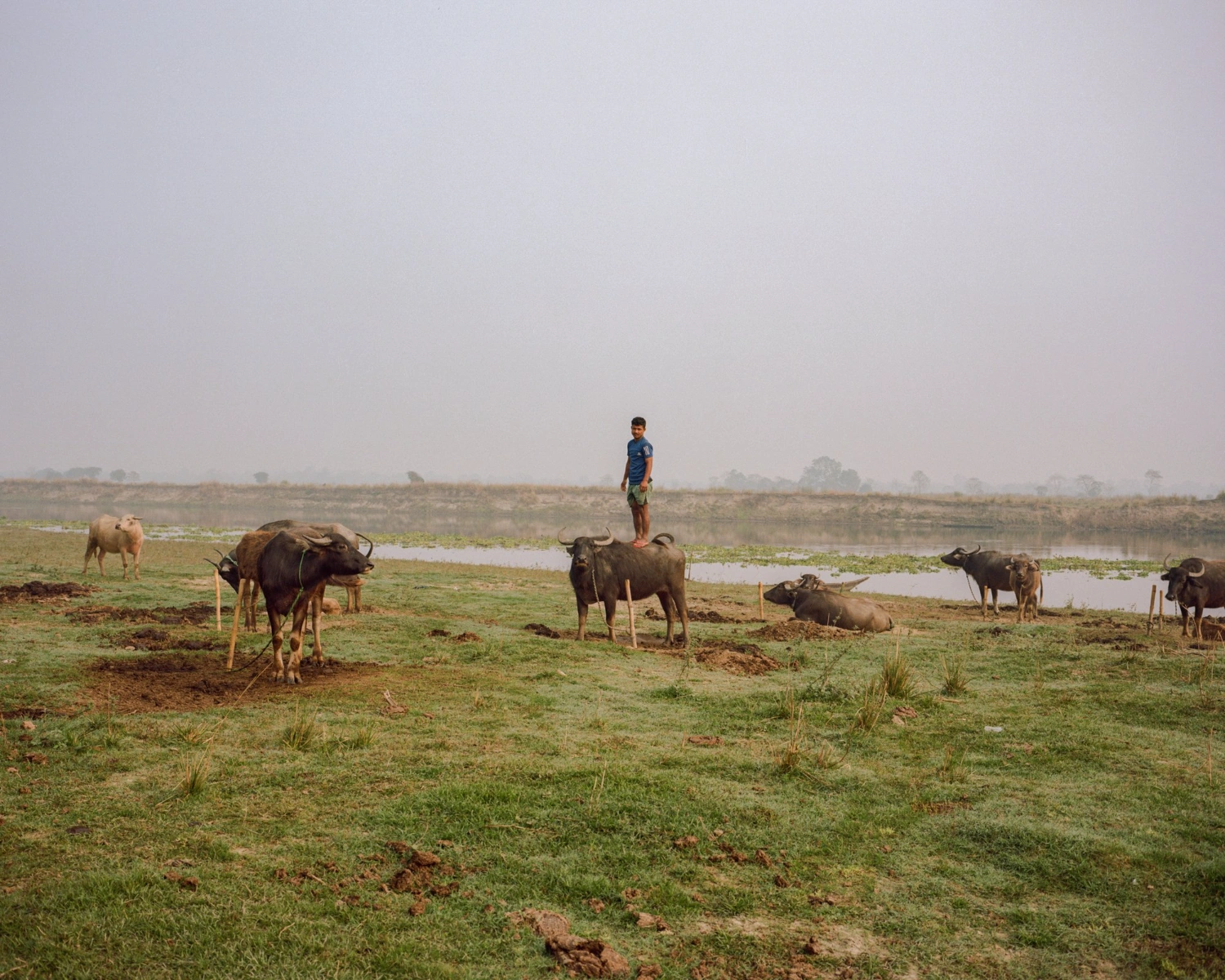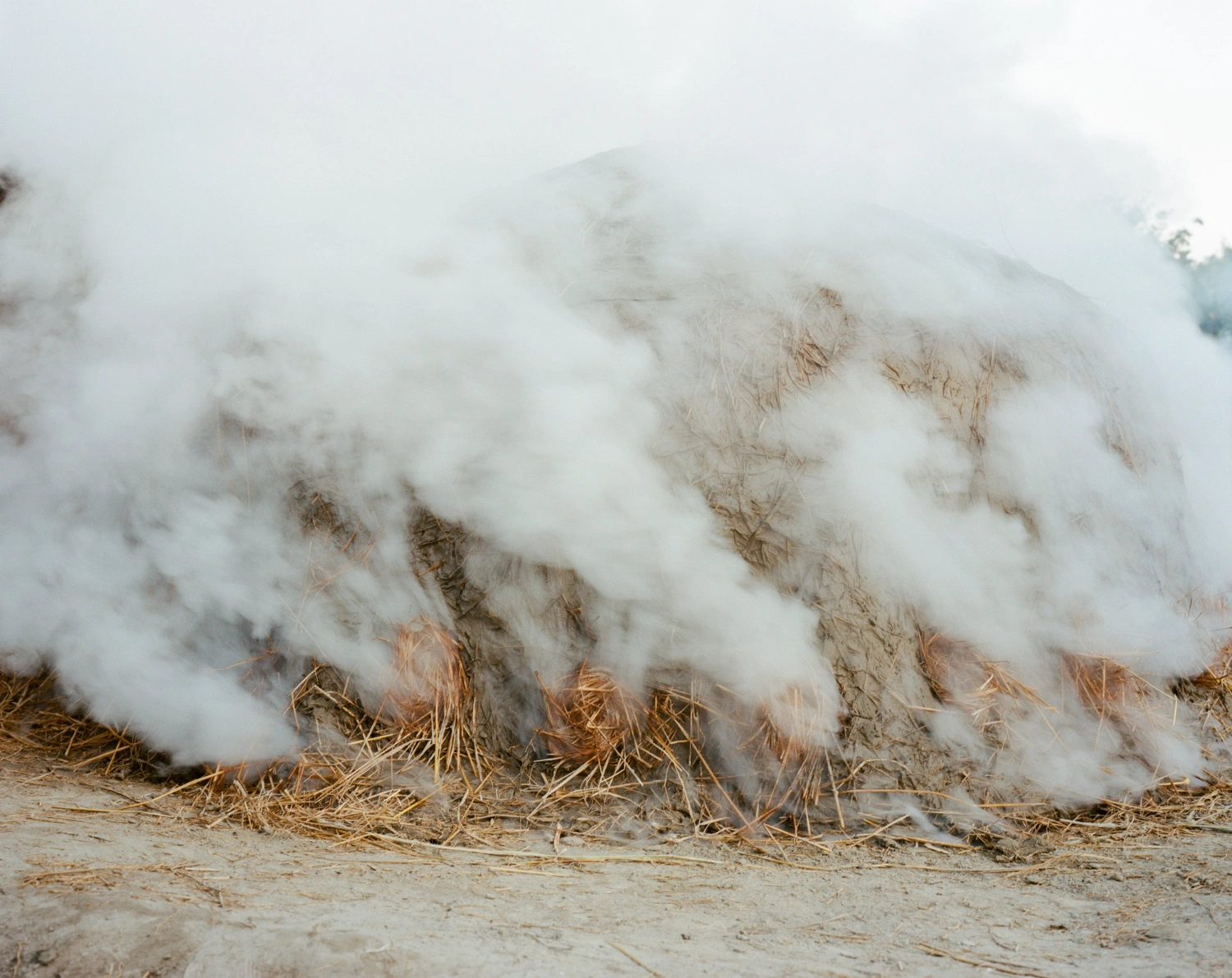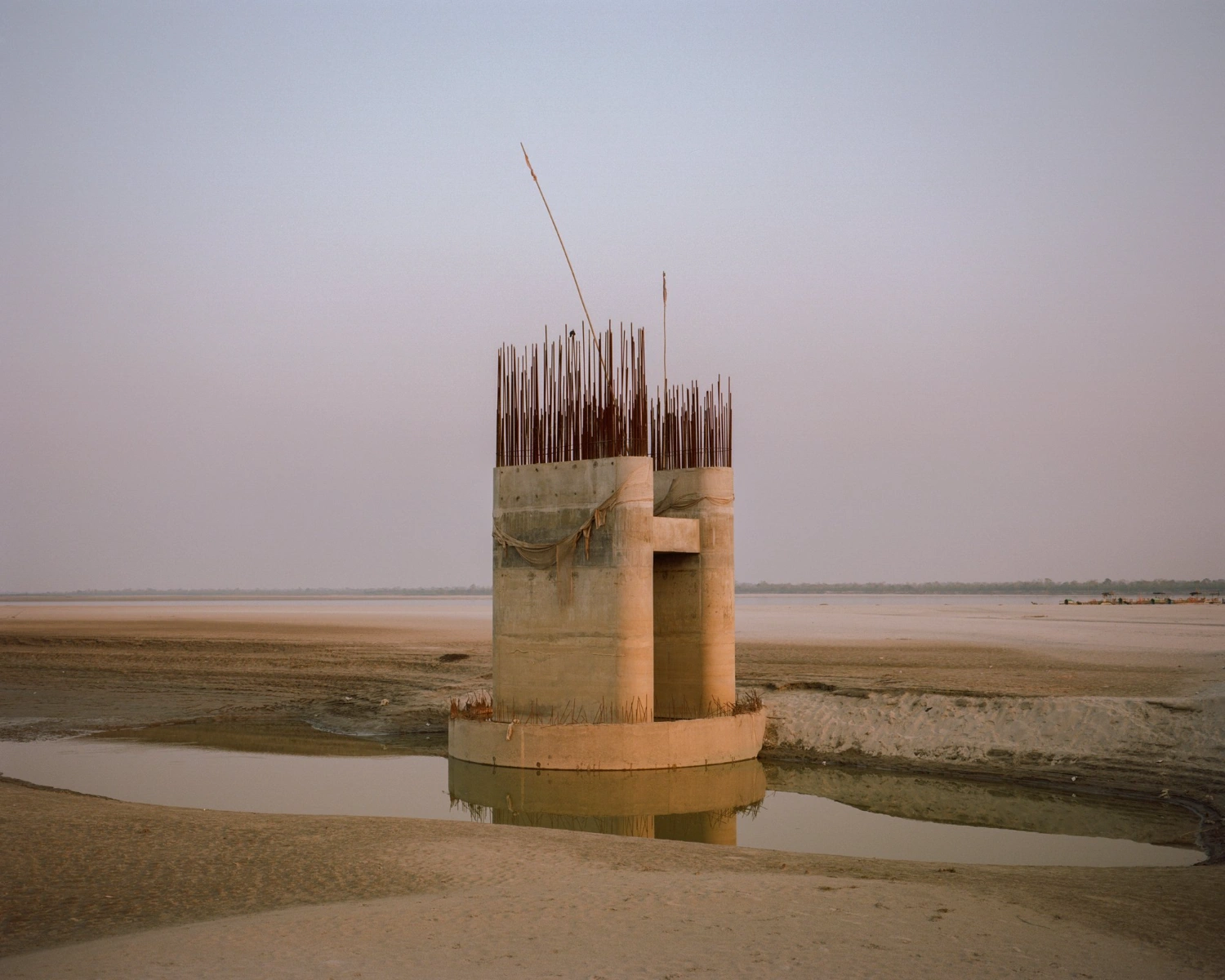András Zoltai’s photography from Majuli island intimately captures human resilience and coexistence with water, challenging conventional narratives of environmental crisis through quiet, enduring imagery.
Zoltai first encountered Majuli in 2020, driven by a friend's vivid memories that likened the island to a Hungarian floodplain from centuries past. Majuli, the largest river island on earth, situated amidst India's Brahmaputra River, is steadily receding under encroaching waters, emblematic of a quiet yet profound shift in global climate realities. What initially appeared as an unfolding environmental tragedy soon revealed itself to be a nuanced narrative of coexistence. Through his lens, Zoltai turns away from sensationalism and catastrophe, opting instead for moments of quiet continuity—farmers irrigating fields, buffalo herders in morning fog, fishermen casting nets, and potters shaping clay by the riverside. His images suggest an intimate, almost spiritual understanding shared between the islanders and the Brahmaputra.
The project became intensely personal for Zoltai, triggering memories of his own youth along Hungary's Tisza River. His reflections prompted a broader inquiry into humanity's relationship with water and climate. A parallel photographic exploration of his homeland soon emerged, highlighting the global interconnectedness of these narratives. This duality enriches Zoltai's work, amplifying the urgency and depth of his artistic inquiry.
What distinguishes Zoltai’s photographic language is his careful avoidance of spectacle. He rejects the dramatic clichés often seen in climate-related photography, choosing instead subtle images that resonate emotionally and spiritually. The result is deeply contemplative, eliciting empathy rather than pity, connection rather than fear. His compositions speak softly yet assertively, underscoring a powerful narrative of adaptation rather than defeat.
Yet Zoltai’s work is also conscious of inevitable change. The half-constructed bridge rising from Majuli's waters symbolizes not only impending transformation but the delicate balance between progress and preservation. Ending the project here marks not closure but an opening—a subtle acknowledgment that Majuli’s future, like the waters of the Brahmaputra itself, remains fluid and uncertain.

